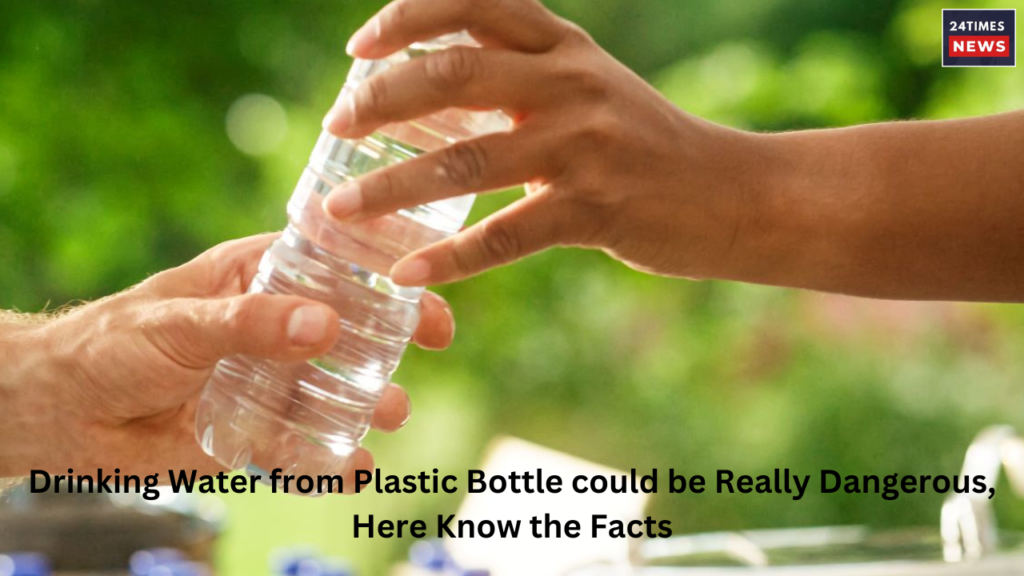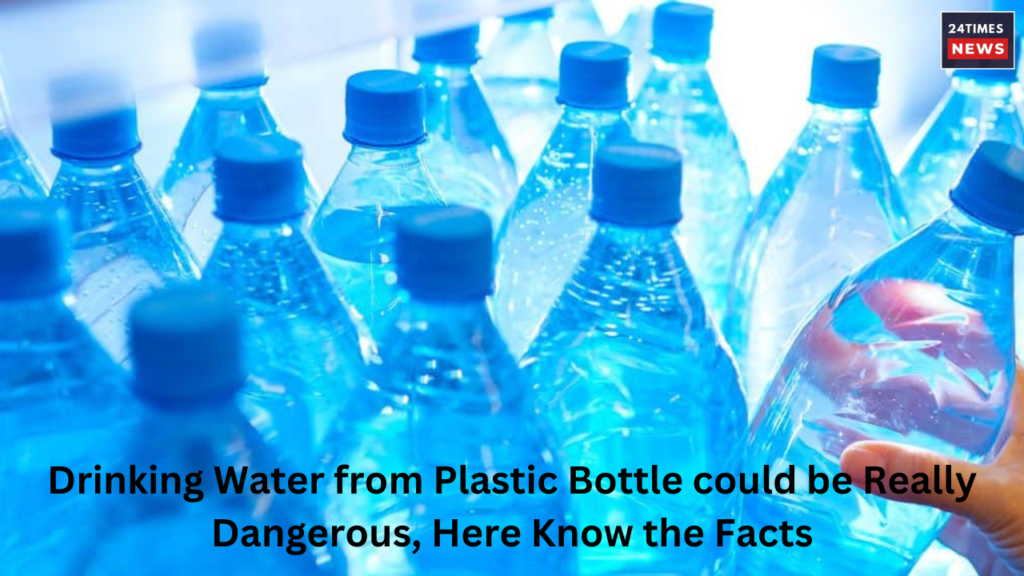Lifestyle
In today’s fast-paced world, convenience often takes priority over sustainability and health. One of the most common examples of this is the use of plastic plates and glassware for eating and drinking. While these items may appear practical, especially during gatherings or for single-use purposes, they come with several harmful consequences both for human health and the environment.

Health Hazards of Plastic Plates
Plastic plates are typically made from petroleum-based chemicals, including substances like BPA (Bisphenol A) and phthalates. When hot food is placed on plastic plates, especially those that are not microwave-safe, these harmful chemicals can leach into the food. This leaching is even more likely with acidic or fatty foods. Scientific studies have linked BPA exposure to hormonal imbalances, reproductive issues, and even an increased risk of certain cancers. For children, the risks are even greater due to their developing bodies.
Moreover, low-quality disposable plastic plates often contain dyes and additives that are not food-grade, posing additional health risks. Over time, the accumulation of such toxins in the body can contribute to long-term health problems, including endocrine disruption and weakened immunity.

Environmental Impact
From an environmental standpoint, plastic is one of the most damaging materials. It does not biodegrade but instead breaks down into microplastics, which pollute soil, rivers, and oceans. Wildlife often mistake these small plastic pieces for food, which leads to injury or death. The production and disposal of plastic plates also generate greenhouse gases, contributing to climate change.
Improper disposal of plastic dinnerware, especially after large events or in public spaces, results in overflowing landfills and polluted surroundings. Recycling rates are low, and many types of plastic used in dinnerware are not recyclable.
Glass: A Safer but Still Risky Option
While glass is a safer option in terms of chemical leaching it’s non-toxic and non-reactive—it still has its downsides. The main issue with glassware is safety. Broken glass poses a physical danger to people, especially in homes with children or in crowded areas. Additionally, glass is energy-intensive to produce and transport due to its weight.
Improper disposal of broken glass also adds to urban waste problems and can cause injuries to sanitation workers and animals.
Conclusion
Both plastic and glass plates have harmful consequences if not used and managed responsibly. While glass is a safer alternative for health, its environmental and physical risks remain. Plastic plates, though convenient, pose significant health and ecological threats. To reduce harm, opting for reusable, sustainable alternatives like stainless steel or biodegradable plates is a better long-term solution.





